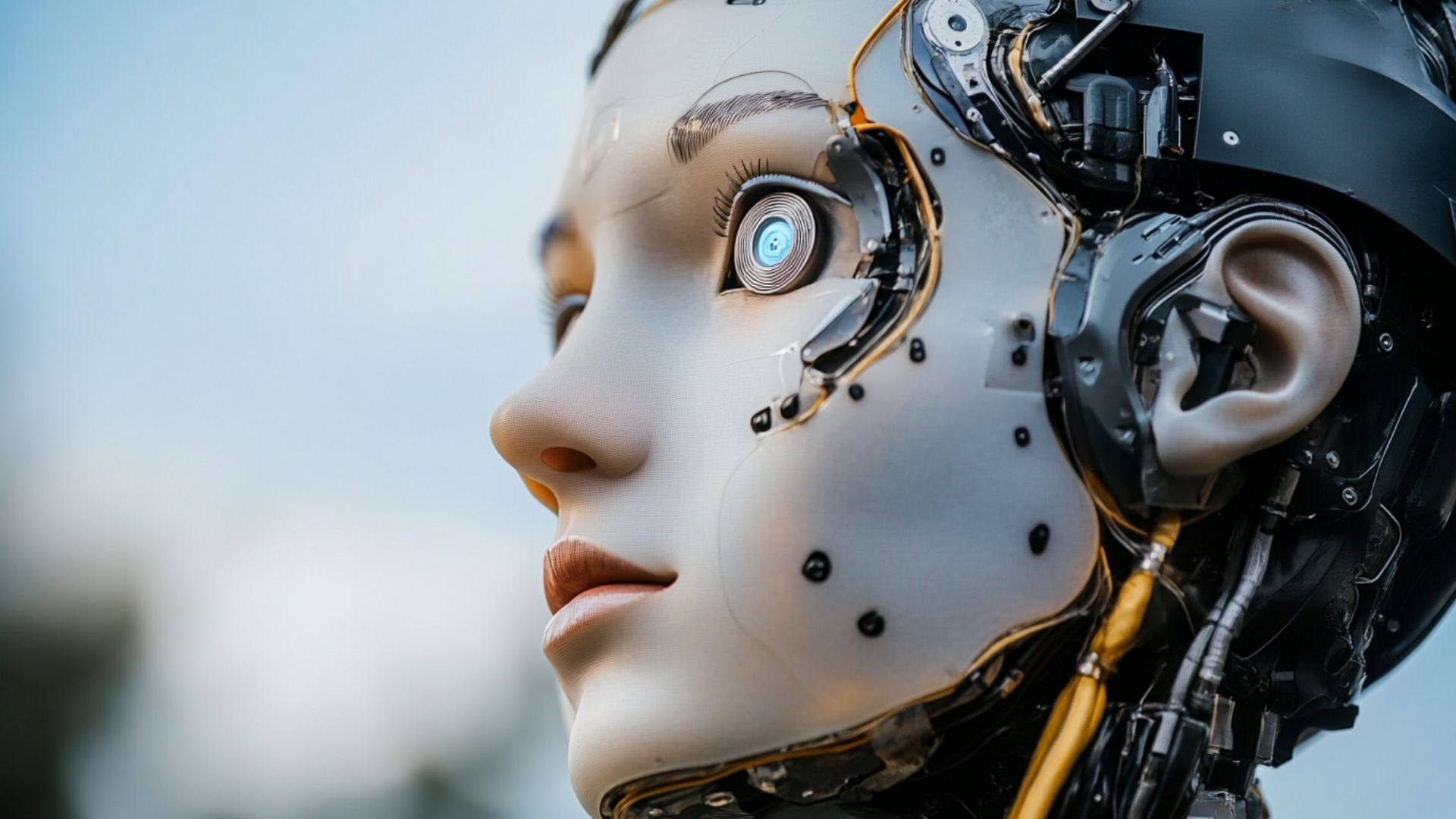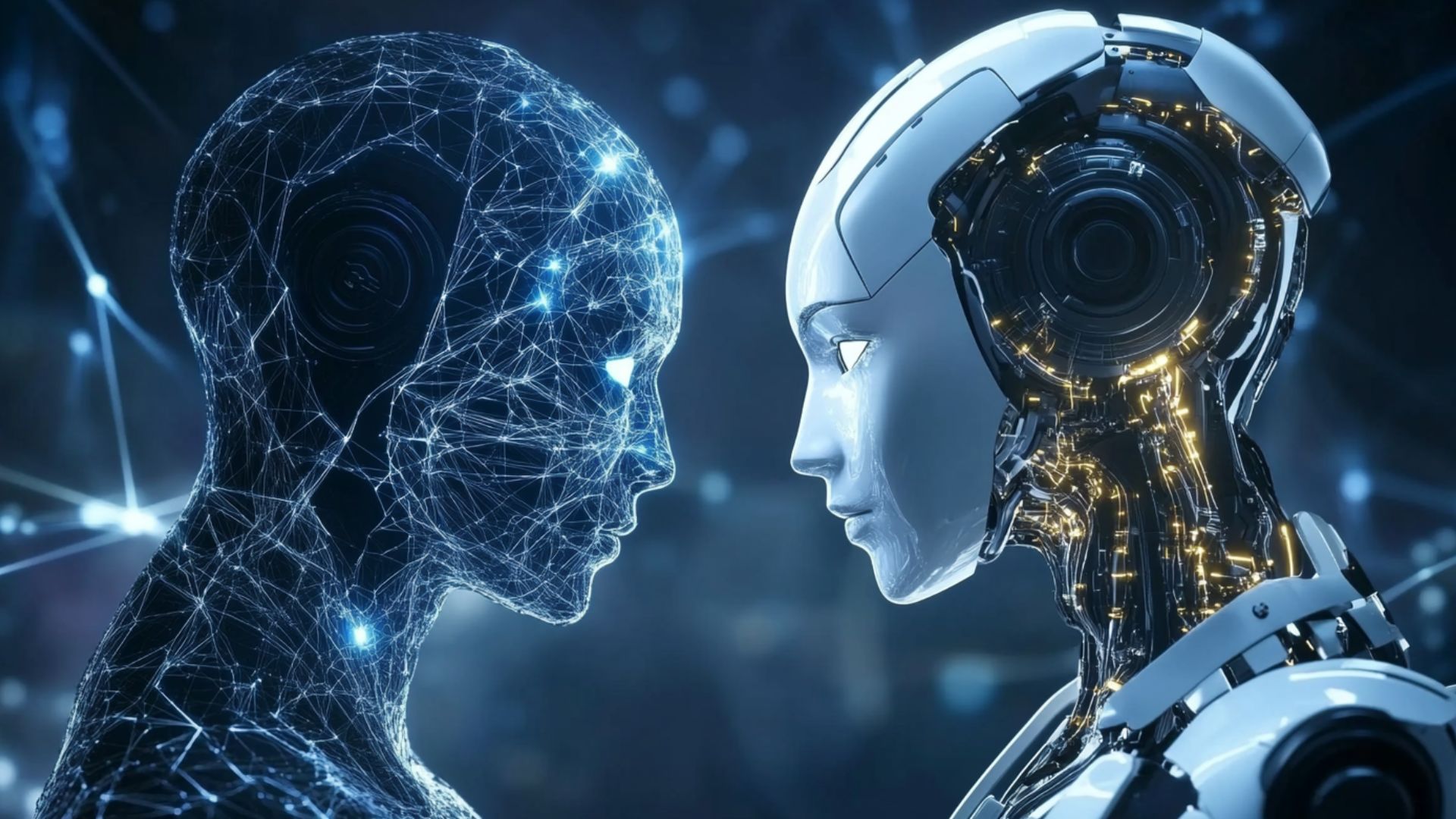AI and Sports Analytics: Revolutionizing Performance Insights

The sports sector is experiencing a transformation fueled by data. Now, AI serves as a powerful tool for improving performance and engaging fans. AI tools are capable of examining large quantities of data from many sources, including:
- Tracking players
- Footage from a video
Now, AI for sports helps uncover hidden patterns and insights that were previously unattainable. This tech can change the way teams scout talent. It can improve player performance and craft winning tactics.
AI analytics can provide coaches and athletes with a deeper understanding of:
- Player strengths and weaknesses
- Injury risks
- Optimal training regimens
By analyzing historical data and real-time metrics, AI can predict future outcomes. It can find areas for improvement and personalize training plans to maximize potential.
Furthermore, AI for sports enhances fan experiences. It provides unique content, interactive simulations, and immersive VR experiences. These bring them closer to the action.
AI continues to evolve. So, its influence on the industry is expected to grow exponentially. Our article will delve into the specific uses of AI in analytics. We will examine its impact on player performance, team tactics, and fan engagement.
Understanding the Role of AI in Sports Analytics
AI has become an indispensable tool in modern sports. It changes how teams analyze data, set performance, and make tactical decisions. At the core of this transformation lie ML algorithms and predictive analytics. They can sift through massive datasets to uncover patterns and trends that were invisible to human analysts. This powerful combination allows teams to:
- Gain a deeper understanding of player performance
- Find potential injuries
- Develop winning game tactics
Player Performance Analysis Using AI
AI and sports analytics tools are transforming player performance analysis. It's done by providing real-time insights into an athlete's physical and technical skills. There are wearable tools equipped with sensors that track vital statistics. It includes:
- Heart rate
- Speed
- Acceleration
- Sleep patterns
It provides valuable data on an athlete's physical condition and recovery. Motion tracking captures detailed information about player movements. It allows coaches to analyze techniques, find areas for improvement, and personalize training.
Artificial intelligence computer vision in sports analyzes video footage. They find patterns in player behavior. For example, shot selection, defensive positioning, and opponent tendencies. AI mixes data from these different sources. And it can create a comprehensive picture of a player's performance, highlighting strengths and weaknesses.
Enhancing Team Strategy with Predictive Analytics
Predictive analytics is enabling teams to gain a significant competitive advantage. It’s done by simulating match scenarios and predicting opponent behavior. AI analyzes historical data on:
- Player performance
- Team tactics
- Game outcomes
So, sports artificial intelligence algorithms can find patterns and trends which can inform tactical decision-making. For example, AI can predict the likelihood of certain plays being successful. It can find optimal player matchups and even anticipate an opponent's next move. This information allows coaches to develop more effective game plans. They can make real-time changes during matches. And it increases their chances of success.
As a result, AI is playing an increasingly important role in analytics. It provides teams with insights into player performance, injury prevention, and tactics. By leveraging the power of ML and predictive analytics, teams can make data-driven decisions. They can set performance, boost player development, and achieve greater success on the field.
Benefits of AI in Sports Analytics

The integration of AI in analytics offers many benefits. It impacts players, teams, and fans alike. By leveraging the power of ML and predictive modeling, teams can gain deeper insights into performance. They can set training regimens and boost the fan experience.
Injury Prevention and Recovery
One of the most significant benefits of artificial intelligence in the sports industry is its ability to predict injuries. AI analyzes vast amounts of data. It includes:
- Player movement patterns
- Training loads
- Physiological data
So, AI can identify athletes at high risk of injury. This proactive approach allows teams to implement preventative measures. They're adjusting training schedules, modifying playing time, and providing targeted strengthening exercises.
Furthermore, AI plays a crucial role in setting the recovery process for athletes. AI analyzes data from many sources. It includes medical records, rehabilitation progress, and performance metrics. So, AI can personalize recovery plans. This approach ensures that athletes return to competition as quickly and safely as possible. It reduces the risk of re-injury. And it maximizes their performance potential.
Improved Fan Engagement Through AI
Machine learning sports analytics is changing the fan experience. It's by providing unique content, boosting the in-stadium experience, and offering interactive features. By analyzing fan preferences and viewing history, AI can deliver personalized content. It includes highlight reels, player profiles, and behind-the-scenes footage. It’s all tailored to individual interests. This approach fosters a deeper connection between fans and their favorite teams and players.
AI also enhances the in-stadium experience through interactive features. Those include AR and VR. Fans can use AR apps to overlay real-time statistics and player information onto the game. Meanwhile, VR experiences can transport them onto the field or court. It provides an immersive and unforgettable experience. Also, AI predictive analytics can optimize ticket pricing. It ensures fair pricing for fans while maximizing revenue for teams.
In conclusion, the benefits of business intelligence in sports analytics are numerous and far-reaching. By leveraging the power of ML and predictive modeling, teams can set player performance. They can prevent injuries and boost the fan experience. AI technology continues to evolve. So, its impact on the industry is expected to grow exponentially. It will transform the way we play, watch, and experience games.
Real-World Applications of AI in Sports
AI is no longer a futuristic concept; it's actively shaping the landscape of modern industry. AI applications range from optimizing player performance to enhancing fan experiences. AI applications are transforming how we play, watch, and experience athletic competition. Let’s take a look at how AI is usually used in sports.
Football and Machine Vision
In football, machine vision plays a pivotal role in analyzing:
- Player movements
- Ball trajectories
- Referee decisions
Advanced sports monitoring systems with deep learning track player positions, speeds, and accelerations in real-time. It provides valuable insights into tactical formations, passing patterns, and defensive tactics. This data helps coaches find areas for improvement. They can set player positioning and develop more effective game plans.
Furthermore, machine vision is increasingly used to help referees in making accurate decisions. Technologies like VAR (Video Assistant Referee) use AI. They analyze controversial plays. For example, offside calls and penalty decisions. It ensures fair play and reduces human error. AI analyzes multiple camera angles and tracks the ball and player movements with precision. So, these systems provide objective evidence to support refereeing decisions.
AI in Tennis and Shot Analysis
In tennis, AI innovation in the sports industry is revolutionizing player performance analysis and strategic decision-making. AI analyzes shot trajectories, speeds, and placement. So, AI can find patterns in player behavior. For example, preferred shot selection, court coverage, and opponent weaknesses. This information allows coaches and players to develop customized training plans. They can find areas for improvement and devise effective tactics. It helps exploit opponent vulnerabilities.
AI also plays a crucial role in tracking player stamina and finding potential injury risks. AI analyzes physiological data. It includes heart rate, movement patterns, and sleep patterns. AI can find signs of fatigue and predict the likelihood of injury. This proactive approach allows players and coaches to adjust training schedules. They can set recovery and prevent injuries that could impact performance.
As a result, AI in sports examples are transforming the landscape through a wide range of uses. They range from setting player performance to enhancing fan experiences. AI is changing the way we play, watch, and experience competition. AI technology continues to evolve. So, its impact on the industry is expected to grow exponentially. It will usher in a new era of data-driven performance and fan engagement.
Challenges in Implementing AI in Sports Analytics

AI offers significant potential for sports. However, its implementation faces several challenges.
- Collecting and storing vast amounts of player data raises serious privacy concerns.
- Ensuring the security of this sensitive information is crucial. It’s vital to maintain trust and prevent unauthorized access.
- Robust data protection measures and clear data usage policies are essential to address these concerns.
AI Sports Analytics: High Costs:
- Implementing and maintaining AI can be expensive.
- It includes the cost of acquiring and integrating hardware and software, hiring data scientists and AI specialists, and ongoing maintenance and updates.
- Smaller teams and companies may face financial constraints. Those limit their access to these technologies.
Resistance to Change:
- Traditionalists within the industry may resist the adoption of AI. They prefer to rely on human intuition and experience.
- Overcoming this resistance needs showing the value of AI-driven insights and building trust in the tech.
- AI algorithms are trained on historical data. They may contain biases that can perpetuate existing inequalities.
- For example, historical data can reflect the performance of male athletes. Meanwhile, AI models may favor male athletes in performance predictions and talent scouting.
- It is crucial to ensure that AI systems are trained on diverse and representative datasets to mitigate bias and promote fairness.
How AI Is Usually Used in Sports: Ethical Considerations:
- The use of AI raises ethical questions. It includes the potential for over-reliance on tech, the impact on human decision-making, and the potential for unintended consequences.
It is important to consider the ethical implications of AI apps. We must ensure that these technologies are always used responsibly and ethically.
The Future of AI in Sports Analytics
Despite these challenges, the future of AI in analytics is bright. Several exciting innovations are on the horizon.
Virtual Coaching Helpers:
- AI virtual coaches can provide personalized feedback and guidance to athletes. They can analyze their performance and suggest improvements in real-time.
- These digital helpers can also help coaches develop customized training plans and track athlete progress. It can free up coaches to focus on other aspects of player development.
Advanced Biometrics:
- The use of advanced biometric technologies with sports artificial intelligence will provide even more detailed insights into athlete performance. It includes wearable sensors and motion capture systems.
- AI algorithms can analyze this data. It helps find subtle performance variations, predict risks, and set training regimens.
AI Fan Experiences:
- AI will continue to enhance the fan experience. It will be through personalized content, interactive experiences, and immersive technologies.
- For example, AI bots can provide fans with recommendations for games, events, and merchandise.
- AR and VR can transport fans to the heart of the action. It can provide immersive and unforgettable experiences.
Predictive Analytics and Scouting:
- Artificial intelligence in the sports industry with predictive analytics will change talent scouting. It's by finding promising young athletes and predicting their future performance.
- AI analyzes vast amounts of data. It includes performance metrics, physiological data, and social media activity. So, AI algorithms can find hidden gems and help teams build competitive rosters.
AI Refereeing:
- AI will continue to play an increasingly important role in refereeing, improving accuracy and fairness.
- Technologies like VAR and automated goal-line technology will continue to evolve. They will use advanced AI algorithms to analyze complex plays and assist referees in making accurate decisions.
In conclusion, challenges remain. However, the future of AI in analytics is filled with exciting possibilities. By addressing these challenges and using the potential of AI, the sports industry can unlock new levels of performance. They will drive innovation and fan engagement. It will shape the future of sports globally.
However, it’s always vital to use reliable AI solutions. With our AI products, you can maximize your capabilities. Experience the power of AI to automate tasks, gain insights, and improve efficiency. Our tools are easy to use, and they deliver increased productivity, cost savings, better decision-making. Start your free trial today and see the difference AI can make.


